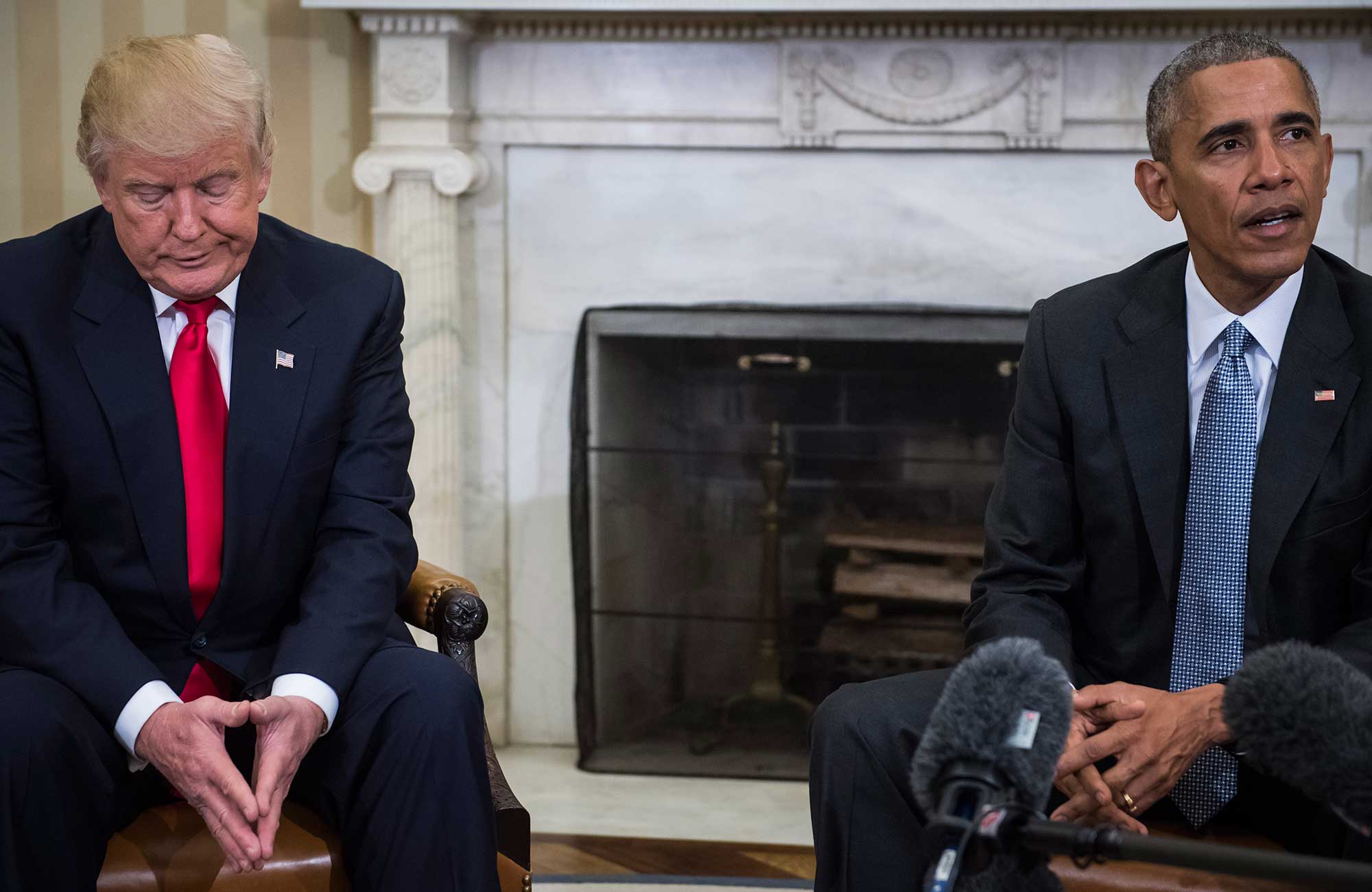
As with much in the first weeks of the incoming Trump administration, there was an last-second move to delay regulations years in the making. In this case, the Department of Labor fiduciary rule.
The last-ditch effort is likely to fail and not just because of legal action, although that is happening, too.
No, it’s likely to fail because the investment industry’s largest providers already have moved to accommodate the regulation. The biggest names are on board with full transparency. For them, it’s about credibility.
Ironically, the fiduciary rule is likely to serve Trump voters the most, though few realize it yet.
If you haven’t been following the rule, the simplified version goes like this: Retirement advisors must act in their clients’ best interest.
Who could possibly be against a rule like that? Well, stock brokers and insurance salespeople who collect fat commissions and ongoing fees, that’s who.
There are, of course, a minority of advisors out there trying to kill the rule, which was scheduled to take effect on April 10. The new date is June 9.
Much of the negative lobbying has been in the form of arguments that the rule will raise costs and reduce access to advice for retirement investors.
Sounds terrible! But it’s not true. In fact, the retirement industry long ago moved to accommodate retirement investors, dramatically lowering cost and increasing access to advice.
The movement toward lower-cost advice has been led by some of the largest investment institutions in the country — among them Vanguard, Schwab and Fidelity —and was in part a response to the oncoming rule.
But the low-cost movement also has been a frank admission that client demand has changed and that investors want and need less costly advice. The free market is working.
As it stands, retirement savers lose $17 billion a year just in fees paid to advisors and funds. The vast majority of investors then fail to match the stock market indexes because of those same fees!
The fiduciary rule doesn’t dictate lower-cost advice. Nor does it remove expensive actively managed funds from the marketplace.
Rather, it requires anyone who sells retirement advice for a living to plainly state their fees upfront and to point out to clients when two funds achieve the same purpose but one is cheaper.
Like most Americans you probably think, “Well, isn’t my advisor already doing this for me?” The answer, unfortunately, is almost certainly “no.”
That’s why the fiduciary rule is so important. The new regulation requires your advisor to be clear about where he or she stands. Naturally, some of them don’t like that.
Mind-blowing
Listen, does it drive you crazy when you buy a car and then find out a dealer five miles away had the same vehicle for $1,000 less?
Does it peeve you to pay hundreds for a prescription drug only to find out that a coupon would have cut the price in half?
Sure it does. It’s not different in the retirement business. People routinely pay 1% of their assets or more every year for advice that costs a fraction of that if competitively priced.
It’s mind-blowing, but those same investors often pay another 1% of their assets (and more) for “active” funds that essentially own the stock market. There are index funds that cost hundredths of a percent and do the same thing.
Wouldn’t you like to know that? Lacking the fiduciary rule, there’s no legal reason for your financial advisor to share any of this information — unless you ask.
When Trump supporters complain about elites eating their lunch, that includes financial advisors fighting to obscure the true cost of their advice.
Without the fiduciary rule, crucial price information is much harder to come by. Ignorance costs all retirement investors plenty.





